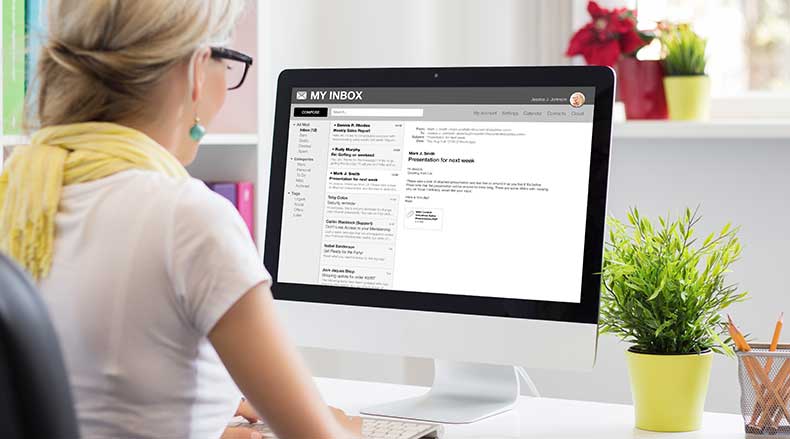5 Tips To Improve Your Donor Emails & Raise More Funds

A good donor email is one of the most powerful (and inexpensive) ways to increase donations to your organization. With email, you can reach donors in one of the places most likely to catch their attention, their inbox. Also, email is a wonderful medium for nonprofits to quickly distribute important information or share rich content filled with pictures or links.
Now, before we continue, it’s important to point out that we love a great email, but not just any email. Writing a good donor email takes time, practice, and iteration. If done well, it can be an effective tool to solicit donations and raise awareness but if done poorly, it can go straight to the trash.
So how do you write a great email? Here are five tips to take your donor emails from good to great!
1. Write A Catchy Headline
According to a study of 53 nonprofit organizations by the M+R consulting group, the average nonprofit email open rate is between 12% – 13%. That may seem low but when you think about it, most people have more email than they have time for! This is what makes an email headline so important, it may be the only part of your email a potential donor reads – so you want to make it impactful. The best headlines are direct (no flowery language), short (readable on your smart phone), and customized to your audience (adding information such as donor location).
2. When It Comes To Donor Emails, Timing Is Everything
We’ve all heard the saying that “timing is everything” and it holds true with email marketing. Even if you’ve spent hours crafting the perfect fundraising email, when you send it can directly impact its success or failure. According to Emma, a provider of email marketing services, the best days to send emails are Tuesdays through Thursdays. If you send your email on a Monday, it might get lost in the virtual email stack and if you send it on a Friday then your donor may already have signed off for the weekend.
3. Include A Call-To-Action
So, you’ve sent your email on Tuesday with a catchy header and your donor has decided to open up the email… great! But now what? Once you have their attention, take full advantage of it by including a call-to-action within your email. This means at the end of your email, include an appeal to the reader for additional engagement such as making a donation or signing up to be a volunteer – whatever makes the most sense for your nonprofit.
4. Make Your Donor Email Pretty
A beautiful template is a great way to make your emails stand out from the others in your donors’ inbox. It’s a small touch but creating an email that’s visually appealing can make donors more receptive and willing to engage in your call-to-actions. To create a great template, you can either do it yourself via HTML code or go through an established email marketing service provider like MailChimp or Emma—both of which seamlessly integrate with your Kindful database.
5. Always Know The Why
Like we said earlier in this blog, people have more email than they have time for, so it’s important to make sure your organization is always intentional when contacting donors. No one likes a spammer, so try to develop emails that will leave your donors feeling excited about your organization and mission. Examples of this include success stories (demonstrating the impact of your organization), upcoming events (that your donors could attend), or major organizational changes (your nonprofit just added a new board member or established a new partnership).
With Kindful, automating your email doesn’t mean depersonalizing your email. Learn how the right donor communication features can improve your relationships with your donors by reminding you to do the things that matter the most.
Donor Communication with Kindful
Schedule a live demo with Bloomerang, and we’ll show you how easy it is to create and automate reports, utilize online and offline fundraising tools, quickly integrate and access all your data, and ultimately create more time to engage your donors.